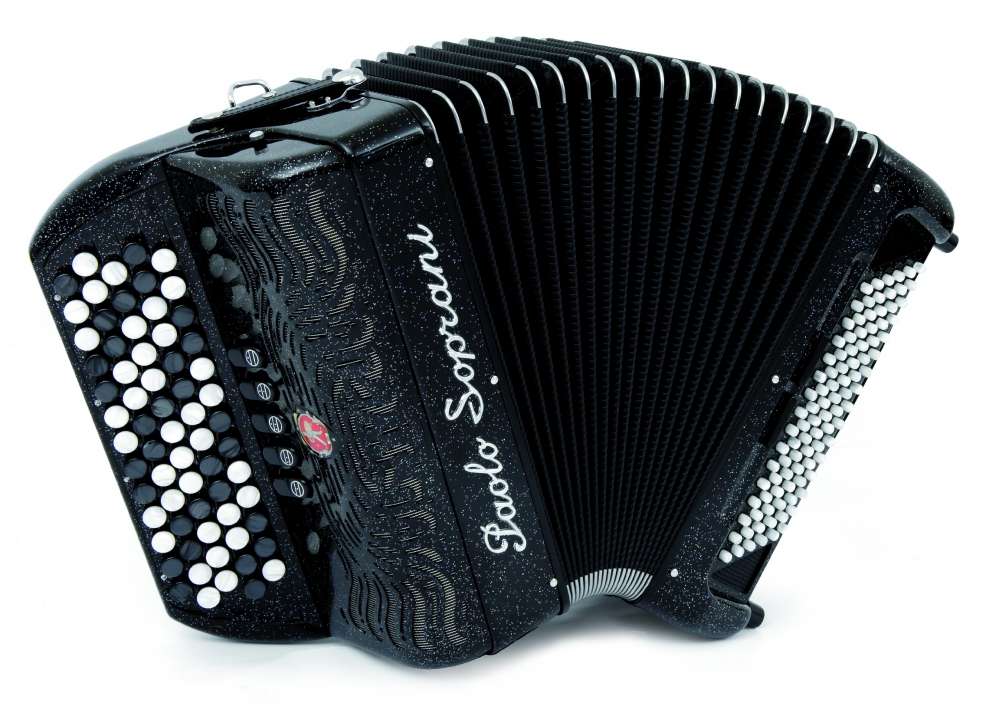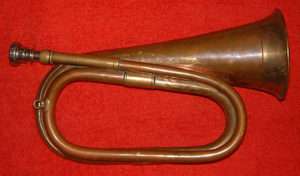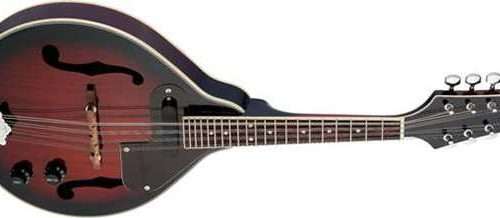
Button or keyboard accordion
You can often hear the saying that you can’t have it all, and so is the choice between a button accordion or a keyboard accordion. Both types of accordions have many common elements, because it is in fact the same instrument only in a different edition. In fact, the only significant difference is the technical way we play with the right hand, i.e. on the melodic side. In one case, the flaps through which air is blown into the reeds will be exposed by a keying mechanism. In the second case, the air supply to the reeds from the chimney side is done by pressing buttons. So, the difference is in the mechanism and in the playing technique, but it is this difference that makes the two instruments so different from each other. But first, let’s look at the common feature of the button and keyboard accordion.
Common features of the button and keyboard accordion
The wording will undoubtedly be such a fundamental common feature of both instruments. Assuming that we have the same model for comparison, we should not feel any differences in terms of the sound of individual choirs. The bass side will also be such a common element, on which, regardless of whether we have keys or buttons on the right, we will play the same way with our left hand. In fact, the entire interior (speakers, reeds, etc.) can be identical. We can have the same number of choirs, registers and, of course, the same bellows in both the button and keyboard accordion. We can also use the same materials for learning, but with the difference that we must remember about the different fingering of the right hand. Therefore, when it comes to typically educational textbooks, it is better to use specially dedicated versions intended for a specific type of accordion.
What is the difference between the two instruments
Of course, our button accordion will have a different image from our keyboard accordion. The one on the right will have buttons, of course, and the other on the right will have keys. Often, the buttonhole, despite the same amount of bass, is smaller in size and therefore more handy to some extent. These are, of course, such external, visual differences, but that’s not really the most important thing. One such element is the way and technique of playing, which is radically different on a button accordion and different on a keyboard accordion. A person who all his life learned to play only the keyboard accordion will not play anything on the button and vice versa. This is due to the fact that the layout of the keys is completely different from the layout of the buttons and we do not find any similarity here.

What is better to learn from?
And this is one of those questions that everyone has to answer for themselves. And just as we said at the beginning that you can’t have everything, so is the case with the button and keyboard accordions. In a way, the same instrument, and the difference in playing technique is big. First of all, in the possibilities that are significantly greater in the case of a button accordion. This is mainly due to the construction of the pendulum side, where the buttons are more compact and arranged closer together than is the case with the keys. Thanks to this arrangement of buttons, we are able to catch larger intervals at once in three different octaves. This definitely increases the possibilities of the songs performed, because it is difficult to imagine that we would be able to stretch our hands on the keyboards to catch a few notes in three different octaves. On the other hand, however, people who play the keyboard accordion have no major problems with switching to another keyboard instrument, such as a keyboard or piano. So here the potential to increase our instrumental abilities is increased, because we have already mastered this basic base. Also, the availability of educational materials and sheet music for keyboard accordions is greater than in the case of a button accordion, although I would not put this issue as an important argument.

Which accordion is more popular
In Poland, keyboard accordions are much more popular. Especially among people who learn to play on their own, the accordion enjoys greater recognition. This is also due to the fact that the keyboard seems to be easier to grasp than the buttons, of which there are definitely more. There are also many more keyboard accordions on the market, which in turn also affects the price of the instrument, especially among used accordions. As a result, the keyboard accordion is often much cheaper than the same-class button accordion. It is also one of the elements that determine that more people, at least at the beginning, decide to start learning on keyboards.
Which accordion to choose?
Which instrument to choose largely depends on our individual preferences. There are people who simply do not like a button button and would not go for a button for any treasures. On the other hand, the greater technical capabilities of the button instrument mean that when we start learning at a young age and really think seriously about a musical career, it seems that we have a better chance of success with the button. Also in music schools there is a greater emphasis, especially among those more gifted students, to switch to the button instrument.
Summation
How would we summarize in one full sentence, which accordion to decide on, remember that you will play on a button accordion everything that you will play on a keyboard accordion. Unfortunately, the other way around will not be so easy, which does not mean that certain all fast finger – gam – passage runners are technically easier to play on the keys, although it is also a matter of some habit. To sum up, both the button and the keyboard accordion can be played beautifully provided that you have something. Remember that the accordion is a very specific instrument that, above all, requires sensitivity, delicacy and mutual union of the instrument with the musician.





